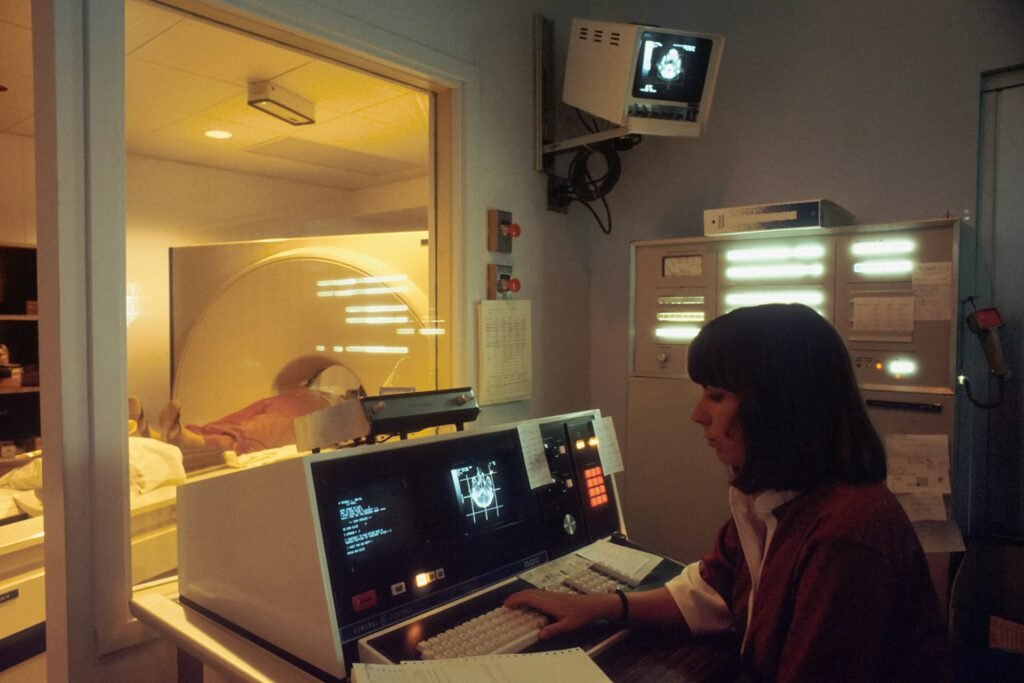At some point in your life, your doctor has referred you to a medical imaging clinic like PRP Imaging for tests like x-rays, CT scans or ultrasounds. But what exactly are these specialty clinics, and how do they help diagnose health issues? Keep reading for a plain English primer on medical imaging centers’ valuable role.
More Than Just Machines
The term “medical imaging” refers to different technologies that non-invasively create pictures of the inside of the human body. So clinics specializing in medical imaging contain specialized equipment like:
- X-ray machines that use radiation to visualize bone breaks or lung problems.
- CT scanners that combine multiple x-ray images into detailed cross-sectional views.
- MRI machines that utilize strong magnetic fields and radio waves to produce 3D images.
- PET scanners that generate images of cellular function and metabolism.
- Ultrasound devices that use sound waves to look at soft tissues, blood flow, or fetal development.
But imaging clinics are far more than just these machines. They house teams of specialized doctors like radiologists and technicians who safely operate the equipment, interpret results, and share findings with patients’ primary physicians.
Serving a Crucial Diagnostic Role
Medical imaging provides doctors with non-invasive tools to screen for issues, confirm diagnoses, evaluate the severity of problems, and monitor treatments over time. Their imaging expertise serves many vital functions:
- Detecting abnormalities like tumors or blood clots early, when they are most treatable.
- Identifying specific types of injuries, infections, or orthopedic problems.
- Guiding minimally invasive biopsies by pinpointing worrisome spots.
- Mapping out precise locations of problems prior to surgery or other interventions.
- Providing real-time imaging during non-surgical procedures.
- Tracking how well therapies are working or if adjustments are needed.
A Team Effort for Patient Care
Though imaging techs acquire the actual images, radiologists—doctors specialized in interpreting diagnostics—analyze the technical scans and share their findings with patients’ primary care providers. These doctors work together as a team to determine the best next steps in each patient’s care plan.
Radiologists also specialize in subfields of imaging like breast health, neurology, or cardiovascular disease. Patients benefit from these doctors’ advanced expertise in interpreting specialized scans.
What Happens During a Visit?
Getting an X-ray or CT scan may feel intimidating if you’ve never had one before. Here’s a quick rundown of what to expect:
- Check in at the front desk before your scheduled time.
- Change into a hospital gown if needed.
- Get precise instructions on positioning from the technician.
- The scan itself takes only seconds or minutes. Remain still.
- Change back into your clothes afterward. Images go to the radiologist.
- Results will be shared with your referring doctor, who will explain them.
The visit is quick, painless, and over before you know it.
Conclusion
As we’ve seen, medical imaging clinics and radiologists contribute unique and invaluable services to diagnose health conditions accurately. These specialty clinics help diagnose health issues. They play a valuable role in medical imaging centers play. They partner closely with primary doctors to provide each patient with the best possible care.
